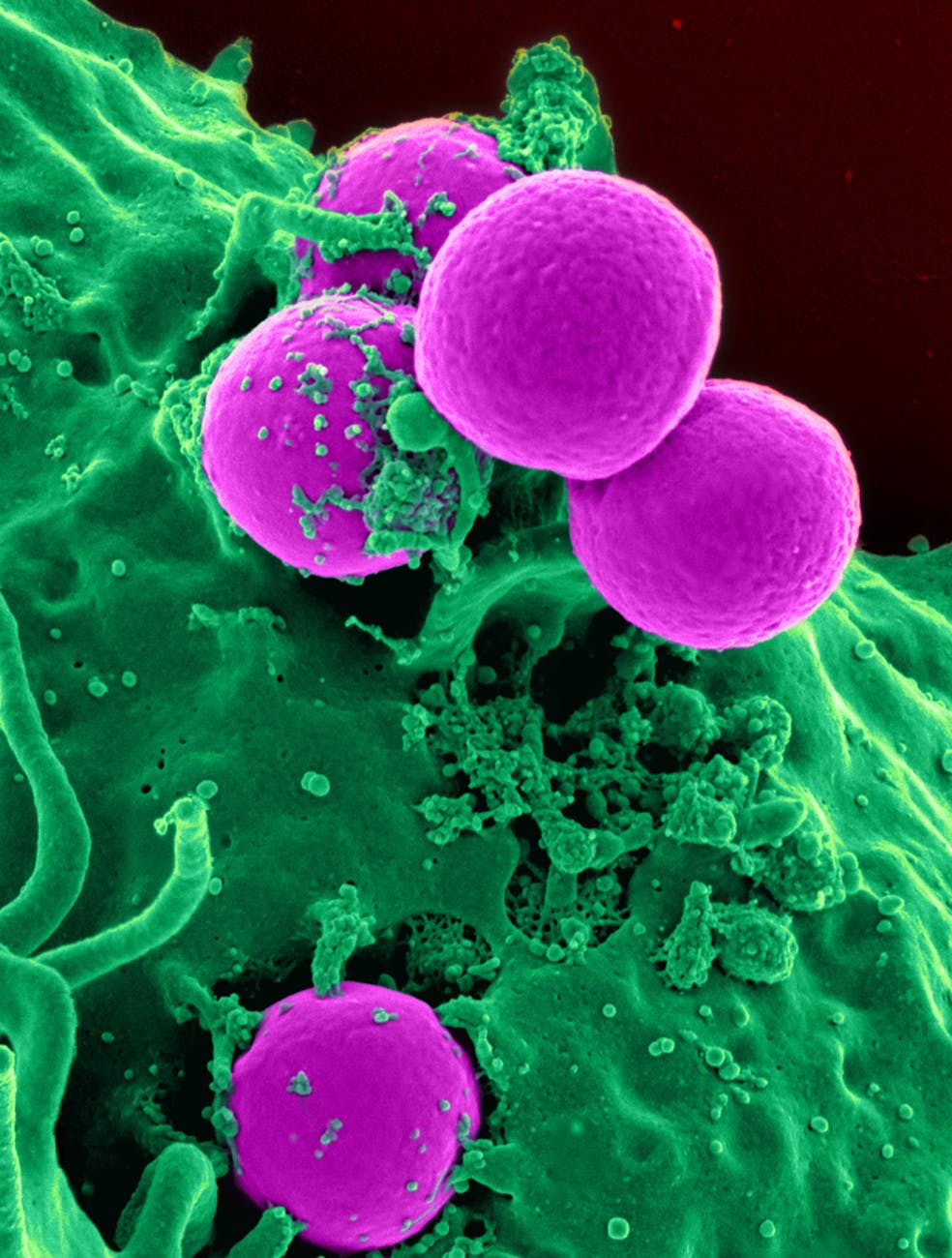Cancer cells thrive on sugar. Did you know that cancer is the second leading cause of death in the United States? This means we still need better therapies for our cancer patients. Today, I want to tell you about an exciting new approach to cancer therapy that is based on sugar metabolism. We have known for a long time that cancer cells love sugar. In fact, almost 100 years ago, a famous German scientist and Nobel laureate named Otto Warburg observed that cancer cells eat a lot more sugar than normal cells.
This observation that cancer cells love sugar is known as the Warburg effect. And the Warburg effect tells us that normal cells can stop after just one piece of candy. But cancer cells just can’t get enough of that sweet, delicious sugar! In fact, we take advantage of the Warburg effect for diagnosis of cancer through pet imaging.
The patient’s pancreas was lit up like a Christmas tree thanks to the radioactive glucose that was injected into their system. Normally, the pancreas doesn’t concentrate sugar in the same way that cancer cells do, but in this case, the patient’s cancer was detectable through the abnormal light show in the pet scan. Knowing this, we can take advantage of sugar metabolism and the Warburg effect for an earlier cancer diagnosis.
One way to metabolize sugar is to use oxygen, which we breathe in and convert it to carbon dioxide, which we breathe out. However, cancer cells also metabolize sugar differently. There are two major ways to metabolize sugar- one way is to use oxygen, and the other way is to not use oxygen.
In order to produce energy, our bodies can convert sugar into lactate, or lactic acid. We’ve all experienced this during exercise, when we’re unable to deliver enough oxygen to our muscles. This can cause us to run out of breath and experience muscle burn. Interestingly, it’s much better to metabolize sugar using oxygen because you can generate up to 36 energy molecules called ATPs. If you convert sugar to lactate, you only generate up to two.
A cancer cell needs to grow and divide and make more cancer cells. So why would cancer cells use such an inefficient metabolism? Well, to answer this question, we have to think about what a cancer cell needs. Cancer cells need to grow and divide in order to spread throughout the body. Using inefficient metabolism helps cancer cells to grow and divide more quickly.
Just as you can’t build a new house simply with electricity, you can’t make more cancer cells simply with energy. So, yes, we can make energy from sugar, but we can also make other things like DNA and RNA, which serve as the genetic blueprints for the cell. I think the Warburg effect supports all these biosynthetic pathways that generate cellular building blocks.
To take advantage of the Warburg effect, we need to understand it in more detail. Glucose, our favorite form of sugar, is metabolized mainly through a pathway called glycolysis, which has many steps that eventually generate a metabolite called Pyruvate. Without oxygen, you can generate lactate from pyruvate. With oxygen, you can generate carbon dioxide. The enzyme that generates pyruvate is called pyruvate kinase, and it’s altered in all cancer cells. There are actually two major forms or isoforms of pyruvate kinase M1and M2
M1 is found in many normal adult cells. This suggests that the cells are no longer growing. However, M2 is found in every cancer cell study to date. But to make things more complicated, it’s also found in some normal growing cells. So what I did in the laboratory was to delete pyruvate kinase M2from both normal and cancer growing cells and see what would happen. And here’s what I found: deleting pyruvate kinase M two from normal cells caused them to stop growing, while deleting pyruvate kinase M two from cancer cells caused them to die.
There are many types of cancers with all kinds of mutations, but they all have one thing in common.They all have to eat. Cancer cells have altered sugar metabolism, and if you want to starve cancer, control your sugar.


